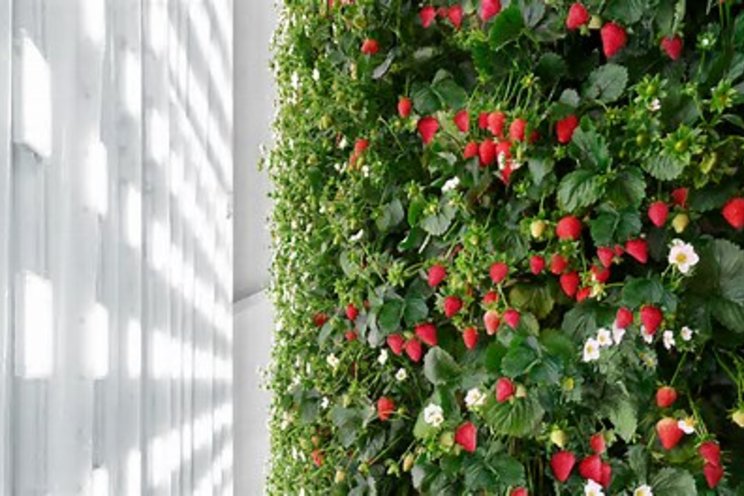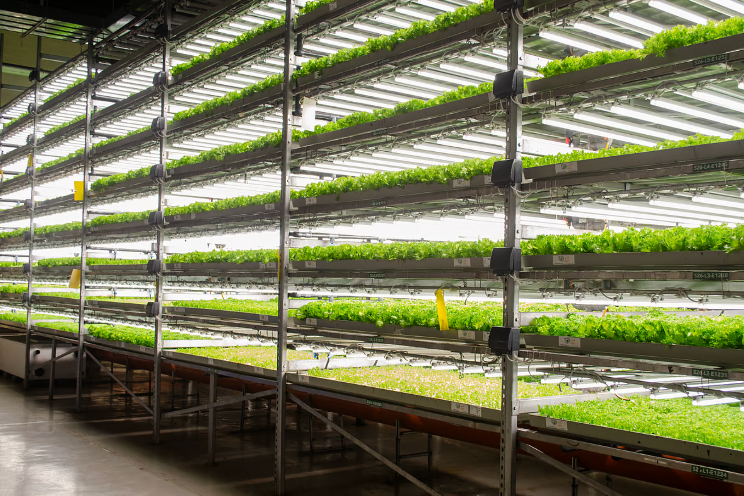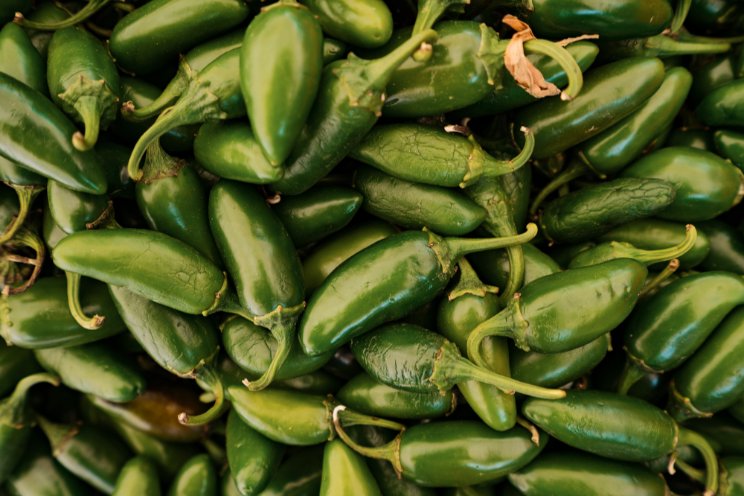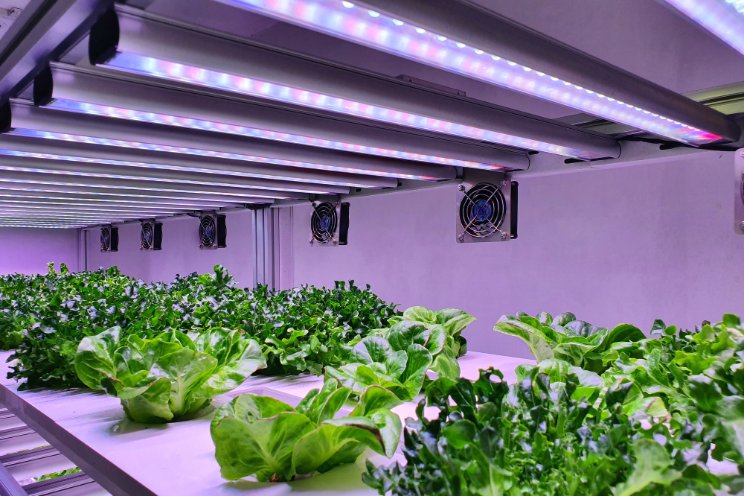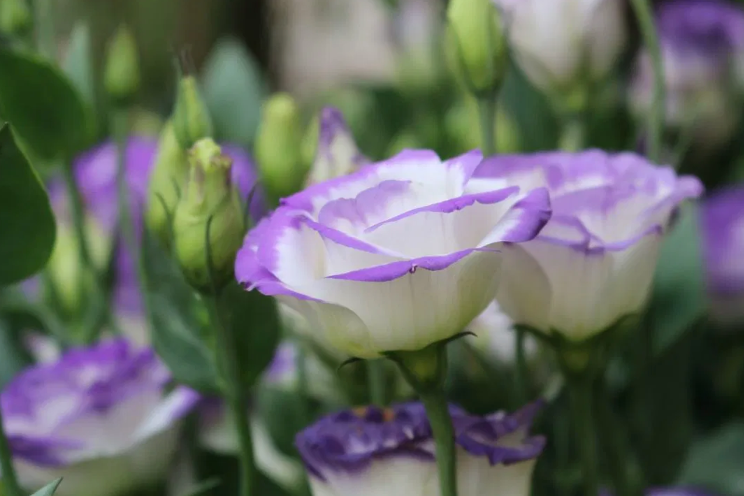Water quality implications for indoor growing
Added on 17 March 2023

With the rising costs of fertilizer and water, growers benefit economically from recycling and reclaiming water, along with minimizing runoff. On a wider scale, the public has agriculture in its sights as one of the leading sources of water pollution. It is in every grower’s best interest to manage their water efficiently and sustainably with the water treatment methods and tools available to them today, and the promising technologies of the future.
Balancing nutrient loads in recycled water and preventing pathogen development isn’t always a straightforward process, and growers have the challenge of offsetting optimal treatment strategies with economics and practicality. While many operations conduct inline testing for electrical conductivity (EC), pH, and more, testing for individual nutrients is more complex. It takes time to get results back from offsite labs and much can change during that lag time. Onsite testing options would be a grower’s best bet for accurate, up-to-the-minute results.
Continue reading.
Photo: Sarah White, Clemson University
More news

